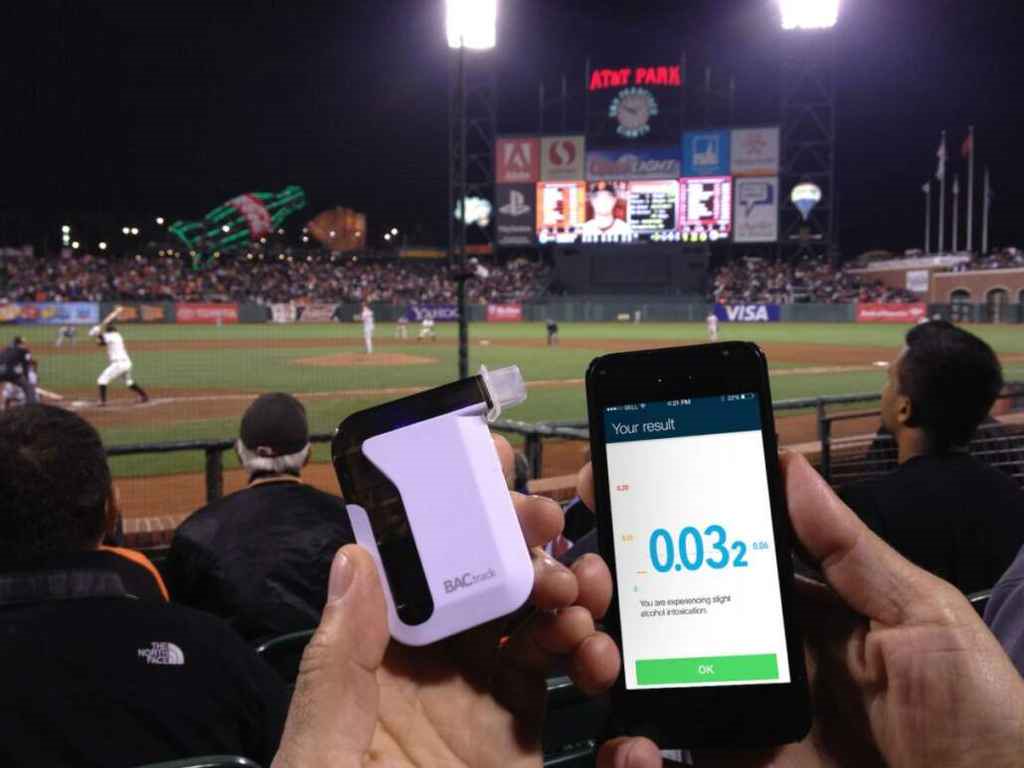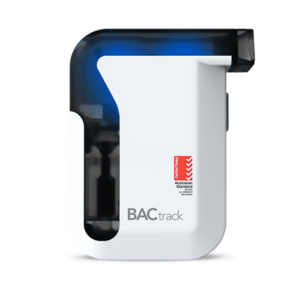BAC Reading: A Complete Guide on Determining Your Blood Alcohol Concentration
07 August, 2023

The Blood Alcohol Concentration, or BAC, is the percentage of ethanol in the bloodstream. It is directly related to the level of intoxication. When a person consumes alcoholic beverages, the BAC tends to increase, depending on the amount. The best way to determine the BAC is through a breathalyser. The device examines the breath sample and gives the BAC reading in seconds. It is vital to know the alcohol levels to assess the person’s abilities, especially in driving.
Alcohol consumption brings various effects on the body. People consuming large amounts are prone to have severe impairments. It includes blurred vision, slow reaction time, and poor coordination. Hence, it poses significant risks when a person operates a vehicle or heavy equipment. This may lead to severe accidents and injuries on the road and at work. This article will guide on the importance of knowing blood alcohol levels, how to conduct a reading, and understanding its implications.
Why is BAC Reading Important?
The BAC reading is an indicator of a person’s degree of intoxication. It is advisable to measure the alcohol level after consumption to manage the intake. Therefore, it helps individuals to monitor their BAC and prevent it from reaching hazardous levels. This is because the higher the BAC, the more severe the impairment.
In Australia, the general legal limit for driving is 0.05% BAC. This means that a person should not operate a vehicle if the BAC is beyond this level. Police officers conduct roadside breath testing to determine the driver’s alcohol levels. Exceeding this limit can lead to severe penalties, including fines, license suspension, and imprisonment.
Some people may have difficulty evaluating their intoxication. For instance, their impairment degree may be worse than they believed. To manage this, using a breathalyser is a reliable way to check the BAC. Moreover, understanding the BAC level can help individuals make informed decisions. It also raises self-awareness of how alcohol affects the body. Therefore, it promotes responsible alcohol consumption.
Standard Drinks
The standard drink is a way to measure alcohol consumption. These facts can help understand the BAC levels:
- A standard drink is any alcoholic beverage that contains 10g of alcohol.
- Various beverages have different numbers of standard drinks per serving.
- The body processes one standard drink per hour.
- Each container should include the number of standard drinks on the label.
Standard drinks per alcoholic type:
- One bottle of wine – 6 to 8 standard drinks
- One glass of beer – 1 to 1.6 standard drink
- One shot glass of spirits – 1 standard drink
- One glass of champagne – 1.4 standard drink

How to Properly Conduct BAC Reading
Estimating the severity of impairment can be challenging without a reliable tool. Fortunately, a personal breathalyser is readily available to help individuals get a proper BAC reading. Before using the device, it is important to know the breath test guidelines to get accurate results. Firstly, it is vital to wait 15 minutes after eating, drinking, or smoking before using a breathalyser.
Secondly, take the test in a clear room free from alcohol, vapour, smoke, and other fumes. Then, blow steadily into the device for at least 5 seconds. Blowing too short may not give the sensors enough breath to read. It is also vital to provide a sample from the deep lung to get the most accurate results.
Thirdly, wait for the breathalyser to analyse the sample and display the BAC results on the screen. Ensure the device is calibrated to avoid false readings. Each unit has a recommended duration for recalibration. Finally, it is not advisable to compare readings from person to person as individuals have different alcohol sensitivities.
Why Accuracy is Essential
Accuracy is crucial in BAC testing as it helps ensure safety. Individuals rely on the results to make informed decisions. Being aware of one’s intoxication can help prevent dangerous behaviour such as drinking and driving. Moreover, incorrect readings may lead to false assumptions about the impairment degree.
Using a reliable breathalyser can help ensure accurate results. However, not all breath-testing devices are made equal. Therefore, it is best to research the quality of the device before purchasing one. An important aspect to look at is the sensor technology. Generally, a fuel cell breathalyser, like the BACtrack S80 Pro, gives precise readings.

Understanding BAC Readings
Alcohol affects everyone differently. The BAC reading is measured in grams of alcohol for every 100 ml of blood or 210 litres of breath. Moreover, the increase of the BAC depends on various individual factors like weight, sex, body fat, and metabolism. Thus, two people will have different alcohol levels.
The following is a general guide on the BAC levels and their effects. First, 0.01% to 0.03% BAC has a mild effect. The person may feel slightly elated. Next, 0.04%-0.05% BAC has increased feelings of relaxation and lowered inhibitions. There are minor impairments in perception or judgement and memory. As the alcohol levels tend to increase after alcohol consumption, it is advisable to check that their BAC has started declining before driving.
BAC levels at 0.06% to 0.09% have significant levels of impairment in vision, speech, balance, and reaction time. There is also poor self-control and motor skills affecting the ability to operate a vehicle. Lastly, a 0.10% BAC and above can have gross motor impairment and lack of physical control. A person may feel nausea, vomiting, mental confusion, or unconsciousness.
Effects of Alcohol on the Body
Alcohol has a variety of effects on the body, both short-term and long-term. When it enters the bloodstream, it immediately affects the brain and other organs. It slows down the central nervous system and the capacity to process messages to the brain. Consequently, it results in impaired judgement, decreased coordination and slowed reaction time.
Over a period of time, it may lead to kidney and liver damage and chronic diseases. It can also irritate the digestive system, leading to stomach pain, nausea, and vomiting. Alcohol can weaken the immune system. Likewise, alcohol abuse may damage the brain, resulting in memory problems and cognitive impairment.
Conclusion
The BAC reading is the amount of alcohol in the bloodstream. The higher the intake, the higher the BAC level. High BAC levels result in severe impairment, posing safety hazards in driving or working. Knowing the BAC is essential for checking the level of alcohol intoxication. It also helps individuals make informed decisions and prevent dangerous behaviour such as drink driving. Since everyone reacts differently to alcohol, using a portable breathalyser is the best way to measure the BAC.
The consequences of consuming excessive amounts of alcohol can be dire. It poses safety risks in driving which may lead to accidents. Moreover, exceeding the legal limit is subject to legal charges, including fines, disqualification, and imprisonment. Knowing the factors that affect the BAC can guide in moderating alcohol intake. Finally, monitoring the BAC helps prevent it from reaching hazardous levels and the associated health risks.






























